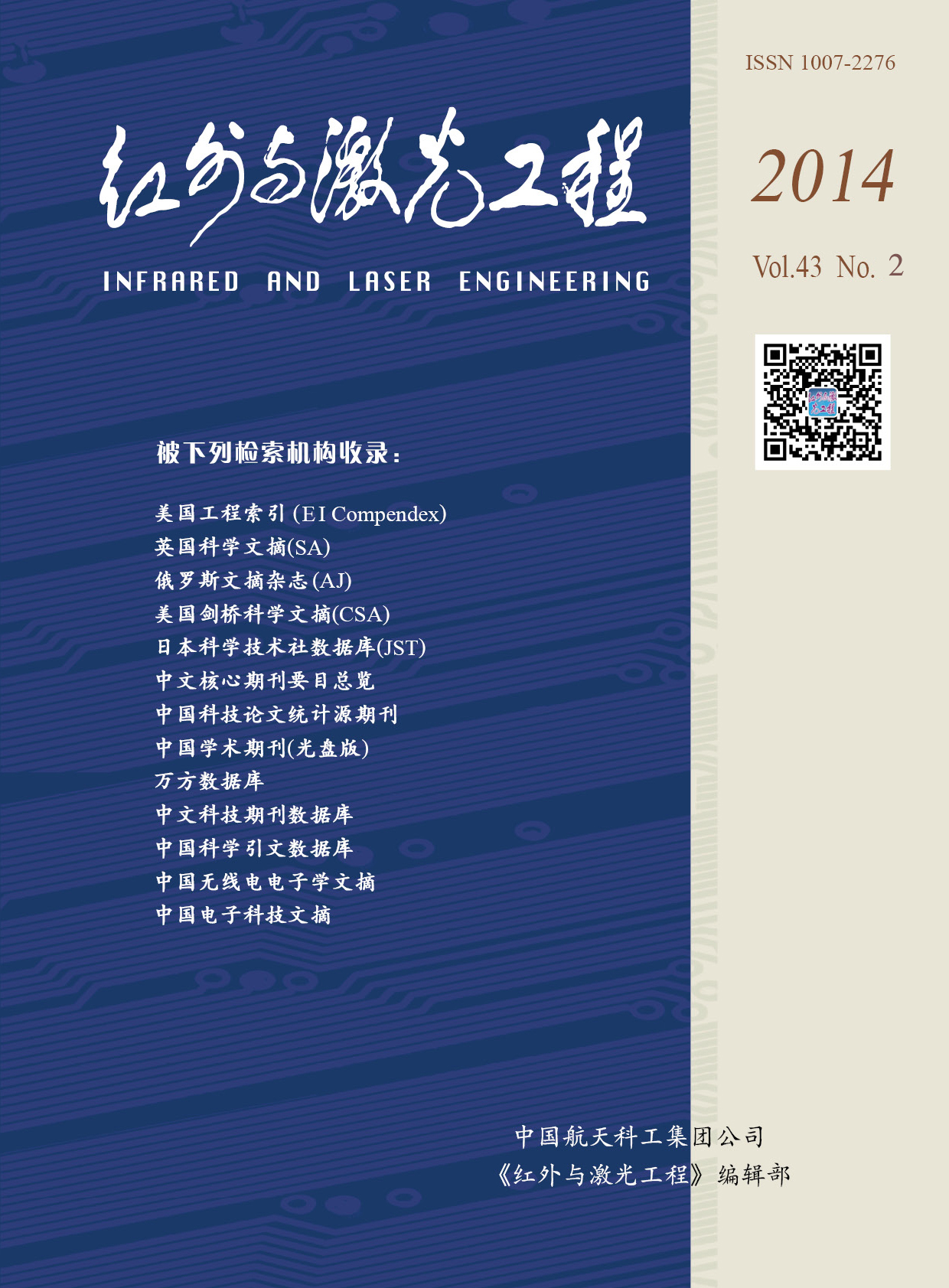Two-dimensional scanning infrared imaging technology on geosynchronous orbit
- Received Date: 2013-06-10
- Rev Recd Date: 2013-07-03
- Publish Date: 2014-02-25
-
Key words:
- geosynchronous orbit /
- two-dimensional scanning infrared imaging /
- FY-2 /
- FY-4
Abstract: Compared with the two-dimensional imaging technique based on spin-stabilized satellite platform of the first generation geosynchronousremote sensing satellite, the biggest advantage of the imaging technique based on three-axis stabilized platform lies in its significant improvement of imaging efficiency, shorter imaging period and simultaneous multi-payloads. In China, the second generation geostationary three-axis-stabilized platform weather satellite, FY-4, is in development. FY-4 scanning imagery radiometer adopts the imaging scheme of double-scan-mirror mechanism combined with three-mirror-anastigmat(TMA), linear array detectors and radiant cooler, achieving an imaging band from visible to very long wavelength IR. The radiometer development is faced with a combination of various task requirements, including the radiometer's harsh on-orbit temperature environment, pointing accuracy, long movement life, etc. So during the developing process, comprehensive technologies of optics, precision mechanics, long lifetime movement, motor control, space thermal control, information processing, etc. were employed to realize high precision imaging under poor temperature environment. The FY-4 satellite will be launched in 2016, which will then further enhance Chinese capacity of unexpected disaster and short-time weather forecasting.









 DownLoad:
DownLoad: